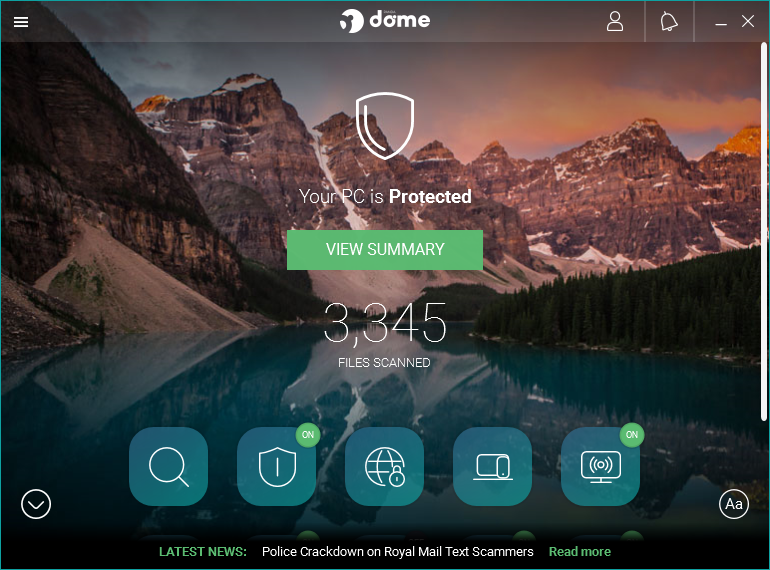SecureWorks : 3 Cybersecurity Basics and Why They’re Essential
Cybersecurity, believe it or not, is one of the most important issues of our time. That’s because:
- Digital technology has become pervasive, touching every aspect of our personal, economic, cultural, and political lives.
- This pervasiveness has resulted in a virtually infinite threat surface that extends from the device on your wrist to the biggest, gnarliest datacenters on the planet.
- Criminals are always going to commit crime.
- Due to our connectedness, a breach anywhere is a threat to businesses everywhere.
Unfortunately, the media has done an inadequate job of framing the cybersecurity issue. For one thing, news organizations only cover cybersecurity when some new global threat emerges, or worse yet – after a significant breach has occurred. This skewed coverage gives the false impression that the only thing we have to worry about-and defend ourselves against-is the next high-profile zero-day exploit.
That, of course, is untrue. Most breaches are far more mundane. As they say, it’s not the lion you have to worry most about in the jungle. It’s the mosquitoes.
Even worse may be the way hackers are portrayed in movies and on TV. If you only learn about cybersecurity through popular entertainment, you probably believe that hackers are evil geniuses capable of sliding past even DoD-quality cyber defenses with a single torrent of lightning keystrokes-which means you’re basically helpless against their inexorable brilliance.
This is also patently untrue. Most hacking is literally that: hacking. Cybercrime is mostly brute force trial-and-error perpetrated by bad actors who often don’t need to have Hollywood-level hacking skills, but have learned that with enough time and effort they can earn a decent living stealing stuff.
Our cyber defenses-both individual and collective-thus depend, to a large degree, on simply making life harder for hackers. After all, hackers have the same constraints of time, budget, and payoff. In fact, I’ll go even further and say…




